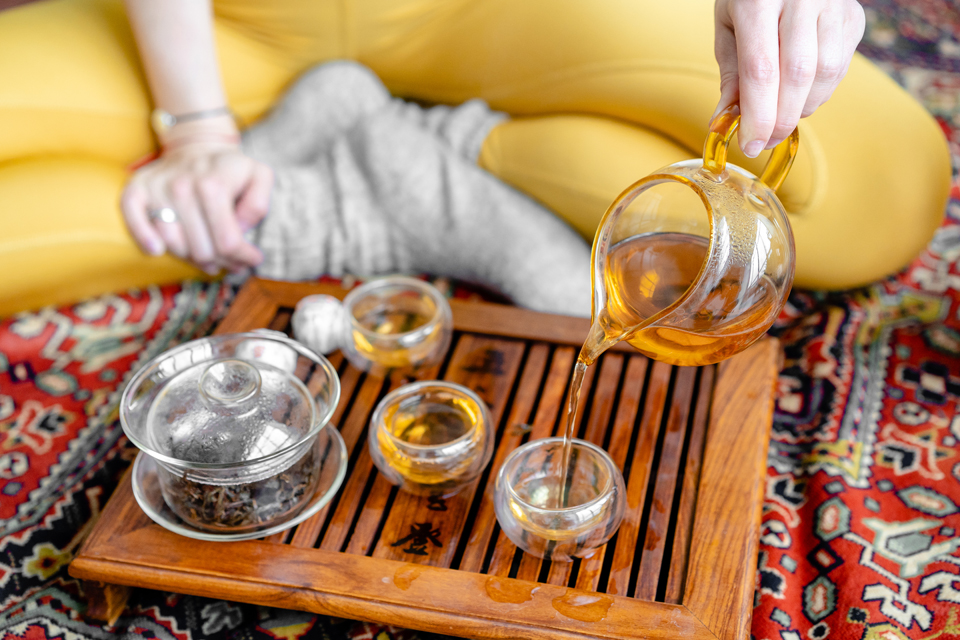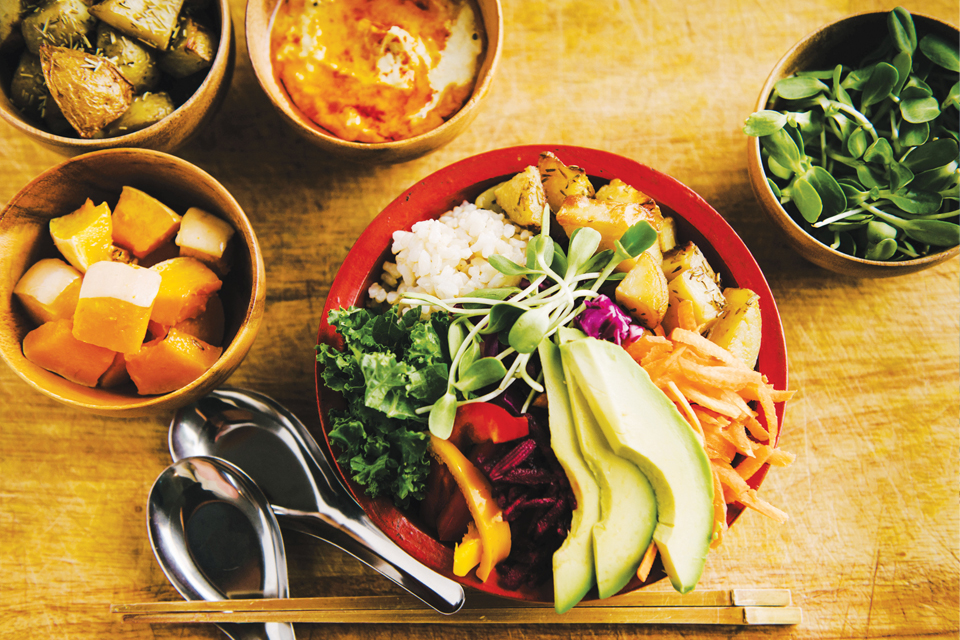Over the past decade, cacao has cemented its place in the family of superfoods. We’re throwing it in smoothies, sprinkling it on top of nourish bowls, stirring it through chia puddings and drinking it instead of coffee. We’re also seeing it advertised on posters all over town.
While it may seem to be simply another fad food, studies show that it really does pack a serious health punch — and has a sacred lineage that puts it next to godliness.
And considering that respondents in a 1997 study by American psychologist Harold Yuker variously described chocolate as “awesome, calming, dangerous, delectable, erotic, heavenly, intoxicating, irresistible, mysterious, non-nutritious, satiating, sexy, sinful, sticky and tranquilising” (as noted in the Journal of Nutrition), it’s safe to say cacao has a bit of a hold on us.
The origins of cacao
According to research released by the University of British Columbia in 2013, humans may have been consuming cacao for as many as 5300 years. And while there are early recordings of it being used for medicinal and culinary purposes among the Mayans and Aztec peoples of Central America — where it was known as kakaw or cacahuatl — anthropologists now believe it was first used in Ecuador before spreading north through countries such as Colombia to Mexico.
In the Mayan and Aztec cultures, cacao consumption was generally reserved for men in positions of power (priests, warriors, leaders), as it was thought that the plant was too intoxicating for women and children. There are reports of kings being served large jugs of chocolate drinks before meeting with their women companions. This was an early version of tascalate, a chocolate-based maize drink that is still enjoyed in Mexico today.
Sixteenth-Century texts from Spanish ethnographers tell us that various parts of the plant were used by the Aztecs to treat everything from fever and fatigue to bowel issues and skin complaints. The Spanish coloniser Hernán Cortés introduced cacao to Europe in the 1500s and, eventually, the rest of the world.
That same century, Christopher Columbus’ crew took possession of a canoe in the Caribbean and found what appeared to be nuts inside, which were later discovered to be cacao beans used as a form of currency in Mesoamerica.
But cacao wasn’t simply used as a delicious beverage, health remedy or money; it was also used in sacred rituals. The ancient Mayans believed that it had been discovered by the gods in the mountains as part of a larger bounty of divine foods — an event that they celebrated each year with a large festival involving feathers, gift-giving and animal sacrifices made to the cacao god, Ek Chuah. It was a Swedish naturalist who, in 1753, gave us the species and genus name Theobroma (“food of the gods”) cacao.
You could say that cacao has been a bit of a fad — especially in drink form — for a good few millennia.
Plant medicine
What exactly are we talking about when we talk about cacao? It is a plant that is native to Central and South America — although the majority of today’s crops are grown in Africa. Cacao “beans” are actually not beans at all, but seeds that grow in the pods of the plant. These seeds can be ground into cocoa paste, which can then be turned into cacao solids (hello, chocolate bars), cacao powder and cacao butter. While some people use the word “cacao” to denote a higher-quality product, it actually means the same thing as “cocoa” (the word “cacao” has become more popular in recent years seeing as it’s closer to the traditional name).
Numerous studies conducted over the past couple of decades suggest that the plant has some pretty impressive benefits. Cacao is rich in fibre, protein, minerals such as calcium and magnesium and vitamins A, E, B and folic acid. According to Ramiro-Puig and Castell, writing for the British Journal of Nutrition, it’s been shown to help boost our immune system and reduce the risk of cardiovascular disease — and it contains such a potent source of phenolic antioxidants that one serve of dark chocolate delivers more antioxidants than the average American consumes in a day. Researcher Astrid Nehlig reported in 2013 that cacao appears to improve cognitive function and lower our risk of Alzheimer’s disease and stroke. In other words: the Mesoamericans were onto something.
Cacao is also one of the only foods known to contain anandamide, a cannabinoid that is sometimes referred to as the “bliss molecule” (ananda means “bliss” in Sanskrit) because of its ability to elevate mood and reduce physical pain. In a 2013 study where a group of people consumed 500mg, 250mg or 0mg of a dark chocolate drink per day, there appeared to be a correlation between cacao consumption and “calmness and contentedness”. Anandamide tends to break down quickly in the body, but cacao includes certain compounds that slow this process.
Of course, it is often processed and consumed in the form of high-sugar chocolate, which reduces some of its health benefits. But if chocolate is something you crave, there might be some solid chemical reasons behind it.
The cost of cacao
The cacao industry has been riddled with ethical issues for decades now. The biggest problems are that child labour is frequently used, that those working on the farms are underpaid (often earning less than $2 a day) and that cacao plantations can contribute to deforestation. When purchasing the products, do your research and look for ethical certifications from organisations such as the Rainforest Alliance or Fairtrade. It’s always best to purchase from companies with a demonstrated awareness and transparency around their supply chains.
Getting ceremonial
Cacao ceremonies have become popular in recent years as a way to perform rituals and cultivate mindfulness. They are often touted for their ability to help people balance their heart chakra or “open their heart”, and coupled with the mood-boosting effects of cacao, they can enable participants to better connect with others. And while it doesn’t seem as if the ancient cultures performed cacao ceremonies in this way, these modern ceremonies present an opportunity to pay homage to the plant’s sacred origins.
If you’re familiar with cacao ceremonies, you might have also heard of “ceremonial-grade” cacao. This kind is sold in a solid form — sometimes it needs to be shaved from a larger block, while other times it’s sold as smaller pieces that can be melted down. Ceremonial-grade cacao is considered to be superior to other forms of cacao (including cacao powder), as it’s been processed and heated to a lesser extent.
Of course, you don’t necessarily need to attend an organised ceremony to experience the ritual of consuming cacao: ceremonial-grade cacao is now widely available. You might spend some time each morning preparing your own cacao drink at the stove before taking a few mindful moments to enjoy it — perhaps while journalling or sitting in the garden — and reflect on the others who’ve done the same for thousands of years before you.
Jane Hone is a freelance writer and yoga teacher based on the Mornington Peninsula. She’s especially interested in how we can live slower, more inspired lives.




